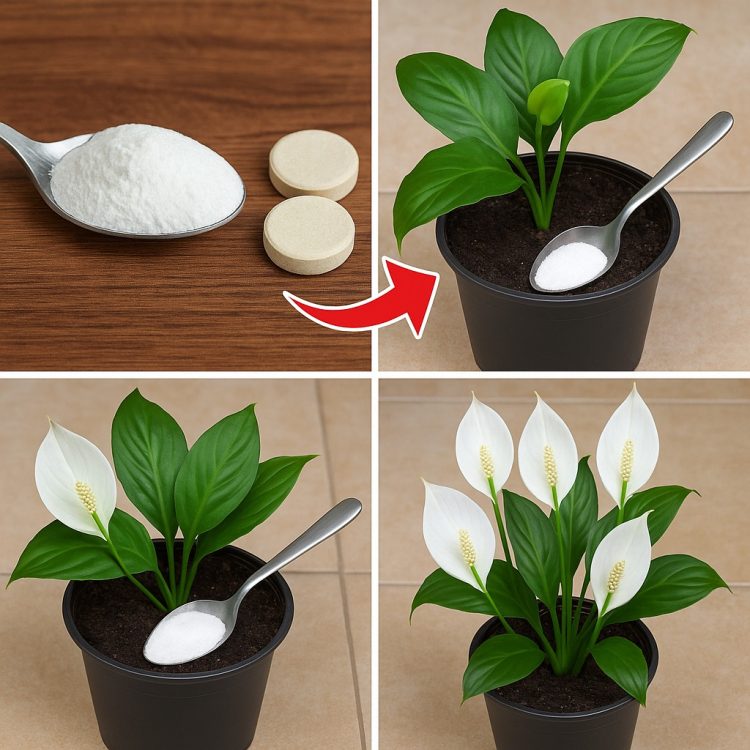Caring for Spathiphyllum: Ensuring Lush Growth and Blooming Success
Spathiphyllum, commonly known as the peace lily, is a popular houseplant cherished for its elegant green foliage and striking white blooms. However, to maintain its lush appearance and encourage consistent flowering, proper care and feeding are essential. This guide will outline universal methods to nourish Spathiphyllum and other houseplants, particularly in the spring, which is the season of their most vigorous growth and blooming.
Watering Practices for a Healthy Spathiphyllum
One of the most critical aspects of Spathiphyllum care is proper watering. This plant thrives in moist but well-draining soil. It is best to water deeply but infrequently, ensuring that the soil does not become waterlogged. Overwatering can lead to root rot, while underwatering may cause the leaves to droop. To maintain the right balance, water the plant when the top layer of soil feels dry to the touch.
Additionally, Spathiphyllum thrives in high humidity, which prevents the leaf tips from turning yellow and drying out. Daily misting of the leaves or placing a container of water near the plant can help maintain humidity levels. A pebble tray filled with water or using a humidifier can also provide consistent moisture in the air, benefiting not only Spathiphyllum but other humidity-loving plants as well.
Providing Adequate Lighting Conditions
Spathiphyllum prefers bright, indirect light to bloom abundantly. Direct sunlight can scorch its leaves, while too little light can hinder flowering. If your plant is not producing flowers, consider moving it to a brighter location with filtered light. Artificial grow lights can also be used during darker months to supplement natural light.
A simple trick to stimulate flowering involves exposing the plant to a temporary drop in temperature. Placing Spathiphyllum in a cooler room (15-18°C) for about three weeks can encourage the formation of flower buds. After this period, returning the plant to its optimal growing temperature (20-26°C) will enhance its blooming potential.
Using Succinic Acid for Enhanced Growth and Flowering
see continuation on next page
